As of February 2, 2025, Article 4 of the EU AI Act is in force. This means AI providers and deployers must ensure that everyone interacting with their AI systems has sufficient skills and knowledge to do so responsibly. The requirement for AI literacy is no longer optional — it’s a legal obligation.
But compliance isn’t just a challenge, it’s an opportunity. How can companies meet these requirements while also leveraging AI effectively? In this blog, we explore:
- what AI literacy means under the AI Act,
- who’s responsible for it,
- and how your organisation can implement it effectively.
What is AI literacy?
AI literacy is defined in Article 3 no. (56) of the AI Act:
“Skills, knowledge and understanding that allow providers, deployers and affected persons, taking into account their respective rights and obligations in the context of this Regulation, to make an informed deployment of AI systems, as well as to gain awareness about the opportunities and risks of AI and possible harm it can cause”.
In summary it means that providers, deployers and affected persons of AI have the skills, knowledge, and awareness needed to:
- Make informed decisions about AI deployment.
- Understand AI opportunities and risks.
- Recognize potential harm AI systems can cause.
Who is responsible for AI literacy?
Article 4 of the AI Act reads as follows:
“Providers and deployers of AI systems shall take measures to ensure, to their best extent, a sufficient level of AI literacy of their staff and other persons dealing with the operation and use of AI systems on their behalf, taking into account their technical knowledge, experience, education and training and the context the AI systems are to be used in, and considering the persons or groups of persons on whom the AI systems are to be used.”
Article 4 states that AI providers and deployers of AI systems must ensure their staff and other stakeholders achieve a sufficient level of AI literacy. This means:
- Training employees based on their technical knowledge, education, and experience.
- Considering who interacts with the AI system and how they use it.
- Updating training as AI evolves over time.
How can organizations prepare?
Since the AI Act came into force, the AI Office has been actively working with stakeholders to address challenges in implementing AI literacy. One key takeaway? Enforcement needs vary across sectors and use cases.
There is no one-size-fits-all approach to implementing Article 4. To stay compliant, organizations should consider these practical steps:
- Ensure a general understanding of AI within their teams.
- Identify their role as a provider or deployer of AI systems.
- Assess risk levels: What do employees need to know to use AI safely?
- Develop targeted AI literacy programs based on this analysis.
To address that there is no one-size-fits-all approach, the AI Office created a living repository of AI literacy practices. This resource includes 15 real-world examples, categorized by implementation type, industry, and organization size. Examples from the repository include:
- Academies for specific job roles.
- Game-based learning to make AI training engaging.
- E-learning modules for AI education and awareness.
- University collaborations to enhance technical expertise.
- Client workshops to educate external stakeholders.
- Tiered knowledge programs tailored to different levels of expertise.
- Real-case scenario training to apply AI literacy in practice.
Need help implementing AI literacy?
AI literacy isn’t just a compliance requirement—it’s an opportunity to strengthen your organization’s AI capabilities. Our experts can help you assess AI risks, develop training strategies, and ensure compliance with the AI Act.
Need expert support to future-proof your operations?
Let’s talk about how we can help.


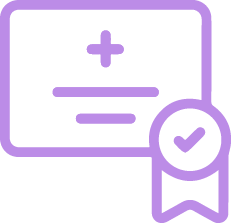
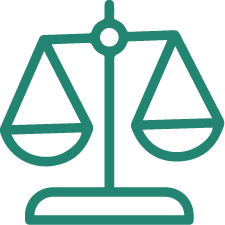

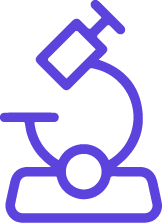
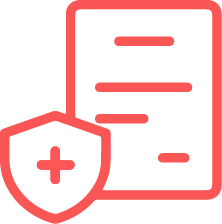
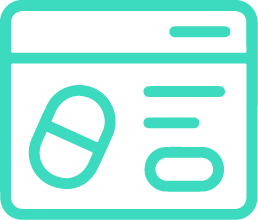














.jpg)







